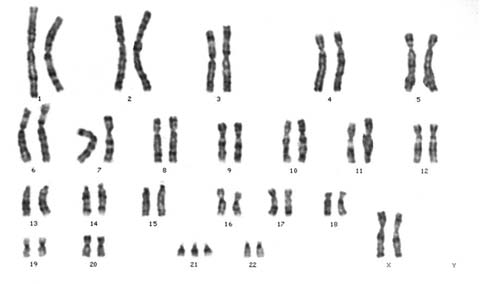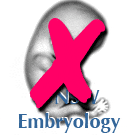Talk:BGDA Practical 3 - Oogenesis and Ovulation
Interactive Component
| Attempt the Quiz |
|---|
 Here are a few simple questions that relate to your introduction to embryology lecture and practical, this page is not a part of today's Practical class.
Here are a few simple questions that relate to your introduction to embryology lecture and practical, this page is not a part of today's Practical class.
You should try in your own time after completing the Practical today.
Take the Quiz

|
| Figure 1 |
2010 Practical Audio
|
BGD Cycle A 2010 Audio - Dr Mark Hill Monday 12th May 2010 12-2pm G2G4.
listen Part 2 | download (1.7 Mb MP3 14:16) |
PLoS One. 2014 May 15;9(5):e97489. doi: 10.1371/journal.pone.0097489. eCollection 2014. Transcriptome profiling of the theca interna in transition from small to large antral ovarian follicles. Hatzirodos N1, Hummitzsch K1, Irving-Rodgers HF1, Rodgers RJ1. Author information Abstract The theca interna layer of the ovarian follicle forms during the antral stage of follicle development and lies adjacent to and directly outside the follicular basal lamina. It supplies androgens and communicates with the granulosa cells and the oocyte by extracellular signaling. To better understand developmental changes in the theca interna, we undertook transcriptome profiling of the theca interna from small (3-5 mm, n = 10) and large (9-12 mm, n = 5) healthy antral bovine follicles, representing a calculated >7-fold increase in the amount of thecal tissue. Principal Component Analysis and hierarchical classification of the signal intensity plots for the arrays showed no clustering of the theca interna samples into groups depending on follicle size or subcategories of small follicles. From the over 23,000 probe sets analysed, only 76 were differentially expressed between large and small healthy follicles. Some of the differentially expressed genes were associated with processes such as myoblast differentiation, protein ubiquitination, nitric oxide and transforming growth factor β signaling. The most significant pathway affected from our analyses was found to be Wnt signaling, which was suppressed in large follicles via down-regulation of WNT2B and up-regulation of the inhibitor FRZB. These changes in the transcriptional profile could have been due to changes in cellular function or alternatively since the theca interna is composed of a number of different cell types it could have been due to any systematic change in the volume density of any particular cell type. However, our study suggests that the transcriptional profile of the theca interna is relatively stable during antral follicle development unlike that of granulosa cells observed previously. Thus both the cellular composition and cellular behavior of the theca interna and its contribution to follicular development appear to be relatively constant throughout the follicle growth phase examined. PMID 24830430
thecal layer are to produce androgens, which are used by granulosa cells for estradiol synthesis, and to supply nutrients and structural support for the growing follicle. This layer can be divided into the theca interna, which contains the fibroblasts, endothelial cells, immune cells and androgen-producing cells, and the theca externa, which contains fibroblast-like cells and larger vasculature elements.

